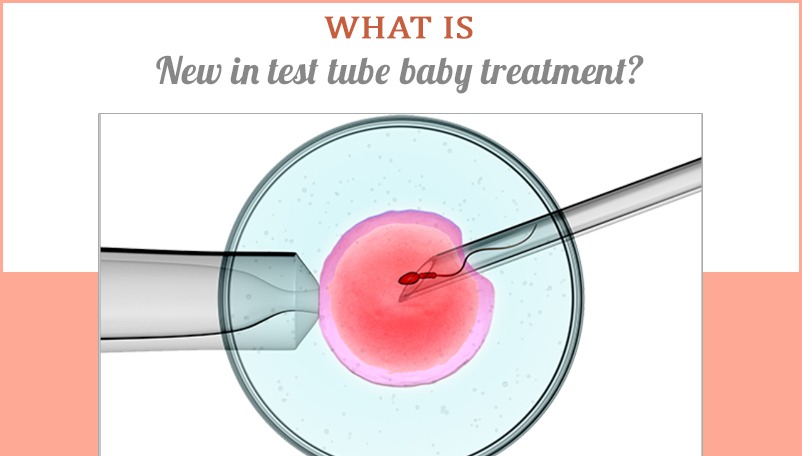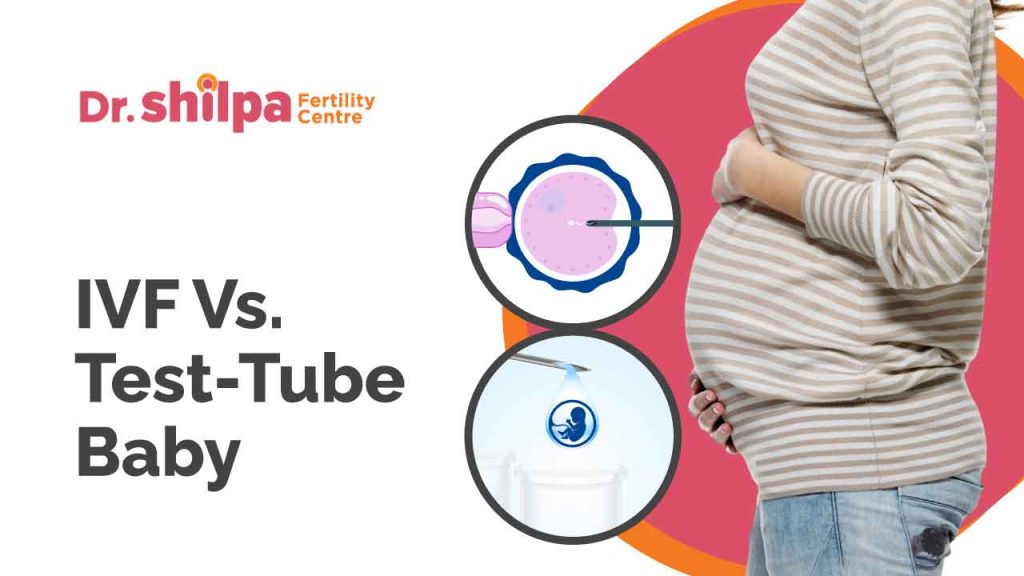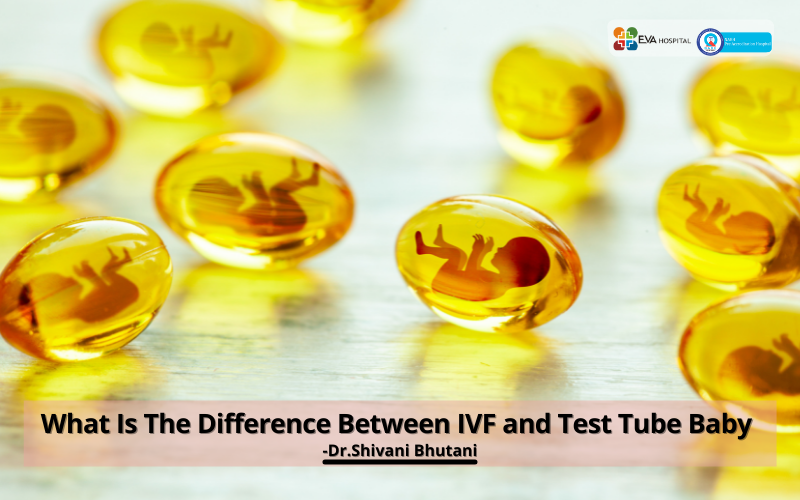
Finding the Best IVF Doctors in Houston: Your Ultimate Guide to Fertility Experts
April 22, 2025
Your Ultimate Guide to IVF Fertility Clinics: Everything You Need to Know
April 22, 2025IVF Embryos: A Deep Dive into the World of Test-Tube Miracles
Imagine a tiny speck, smaller than a grain of sand, holding the potential to become a human life. That’s an IVF embryo—a marvel of science and a beacon of hope for millions. In vitro fertilization (IVF) has been around since the late 1970s, but there’s so much about embryos that people don’t know. From the surprising ways they’re created to the ethical debates they spark, this article will take you on a journey through the hidden corners of IVF embryos. Whether you’re curious, considering IVF, or just love a good science story, you’ll find something new here—stuff that doesn’t always make it to the headlines.
Let’s peel back the curtain and explore the fascinating, sometimes quirky, and always awe-inspiring world of IVF embryos. Ready? Let’s go!

What Are IVF Embryos, Anyway?
IVF embryos are the starting point of a baby born through in vitro fertilization. “In vitro” is Latin for “in glass,” meaning these little miracles are created outside the body, usually in a lab dish. Sperm meets egg, and if all goes well, an embryo forms—a cluster of cells with the blueprint for a human.
How It All Begins
The process starts with a woman taking special medicines to grow multiple eggs in her ovaries—way more than the one egg she’d naturally release each month. Doctors then use a tiny needle to collect those eggs (don’t worry, she’s asleep for this part!). Meanwhile, sperm—either from a partner or a donor—is prepped in the lab. The two are introduced in a dish, and with a little luck (and a lot of science), fertilization happens.
- Fun Fact: Sometimes, if the sperm needs a nudge, doctors use a super-tiny needle to inject it right into the egg. This is called ICSI (Intracytoplasmic Sperm Injection)—think of it like a matchmaker making sure the date goes perfectly!
From Day 1 to Day 5: The Embryo’s Big Glow-Up
Once fertilized, the embryo starts dividing—first into 2 cells, then 4, then 8, and so on. By day 5 or 6, it’s called a blastocyst, a ball of about 100 cells with a fluid-filled center. This is the stage when it’s usually transferred to the uterus—or frozen for later.
- Did You Know?: Not all embryos make it to blastocyst. Some stop growing early on, which is totally normal. It’s like nature’s way of picking the strongest contenders.
Why It Matters to You
If you’re thinking about IVF, knowing what an embryo is helps you picture the process. It’s not just a science term—it’s the tiny beginning of a dream. And if you’re just curious, it’s cool to realize how much happens in those first few days!
The Secret Life of IVF Embryos
IVF embryos have a life most people never see. They’re cared for by embryologists—scientists who are part detective, part babysitter—under microscopes and in high-tech incubators. Let’s peek into their world.
Living in a Lab: The Embryo Nursery
After creation, embryos chill in incubators that mimic a womb’s cozy conditions—think warm, humid, and super stable. Embryologists check on them daily, watching how they grow.
- Quirky Detail: Some labs play classical music to embryos—not because they think it helps (no proof of that!), but because it keeps the staff calm. Happy embryologists, happy embryos?
Frozen in Time: Cryopreservation
Not all embryos are used right away. Many are frozen in liquid nitrogen at -196°C (-321°F). They can stay that way for years—sometimes decades—and still become healthy babies when thawed.
- Mind-Blowing Stat: A baby was born in 2017 from an embryo frozen for 24 years. That embryo was older than its mom! Talk about a time capsule.
The Grading Game
Embryos get report cards! Scientists grade them based on looks—like how even the cells are or how healthy the blastocyst seems. An “AA” embryo is top-notch, while a “CC” might still work but isn’t as picture-perfect.
- Real Talk: Grading isn’t foolproof. Some “B” embryos turn into perfect babies, while “A” ones don’t always stick. It’s a bit like judging a book by its cover.
What Fans Want to Know
Ever wonder what embryologists chat about over coffee? Some love the thrill of spotting a perfect embryo—it’s like finding a rare Pokémon. Others geek out over new tech, like time-lapse cameras that let them watch embryos grow without disturbing them. It’s a mix of science and heart.
The Big Questions: What Happens to Extra Embryos?
IVF often creates more embryos than a couple needs. So, what happens to the extras? This is where things get personal—and a little tricky.
Option 1: Freeze for Later
Most people freeze extra embryos for future pregnancies. It’s like keeping a backup plan in the freezer.
- Practical Tip: Frozen embryo transfers (FETs) can have higher success rates than fresh ones—up to 36% pregnancy rates per transfer, according to 2021 UK data. Why? Your body gets a break from all those egg-growing meds.
Option 2: Donate to Others
Some couples donate their extras to other hopeful parents. It’s a generous gift—imagine giving someone the chance to have a family!
- Surprising Twist: In the US, over 20% of IVF babies now come from donated eggs, sperm, or embryos. It’s a growing trend for single parents and same-sex couples too.
Option 3: Research Superstars
Extra embryos can go to science, helping researchers study infertility or diseases. This choice fascinates some and worries others.
- Latest Research: A 2023 Johns Hopkins study found that many embryos with “bad” genes fix themselves after implantation. This could mean fewer are tossed out as “unfit” in the future.
Option 4: Let Them Go
Some choose to discard unused embryos. It’s a tough call, and couples often wrestle with it emotionally.
- Hidden Struggle: One mom shared online that she named her unused embryos and held a private goodbye. It’s a side of IVF you rarely hear about.
What’s Your Take?
This is where a lot of folks start debating. Some see embryos as potential life, others as cells with options. There’s no one-size-fits-all answer, but it’s a choice that hits deep.
Success Rates: Will My Embryo Become a Baby?
Everyone wants to know: What are the odds? Success depends on age, embryo quality, and a sprinkle of luck. Let’s break it down.
Age Is a Big Deal
Your age when the eggs are collected matters most—not when the embryo’s transferred. Here’s a snapshot from 2021 US data:
| Age Group | Live Birth Rate (Per Egg Retrieval) |
|---|---|
| Under 35 | 45% |
| 35-37 | 32% |
| 38-40 | 20% |
| 41-42 | 10% |
| Over 42 | 3% |
- Takeaway: Younger eggs = better odds. If you’re over 40, donor eggs might bump your chances back up to 50%.
Fresh vs. Frozen
Frozen embryos are stealing the show. In 2021, frozen transfers had a 27% birth rate per transfer, compared to 25% for fresh ones. Why? Your uterus gets time to recover.
- Pro Tip: Ask your clinic about FET if you’re planning multiple tries—it’s gentler on your body.
The Embryo Quality Myth
A perfect-looking embryo doesn’t guarantee success. A 2021 Rockefeller University study showed “abnormal” embryos can still become healthy babies by self-correcting.
- Expert Quote: “This test we’ve used for years is obsolete,” says Dr. Ali Brivanlou from Rockefeller. “We need better ways to pick winners.”
Boosting Your Odds
Here’s what you can do:
- ✔️ Eat well—think veggies, lean protein, and healthy fats.
- ✔️ Move daily—30 minutes of walking helps blood flow.
- ❌ Skip smoking and heavy drinking—it messes with implantation.
- ✔️ Manage stress—yoga or a good book can calm your nerves.
The Cool Tech Changing IVF Embryos
Science isn’t standing still. New tools are making IVF smarter, cheaper, and more accessible. Let’s check out the latest.
AI Picks the Best Embryos
Artificial intelligence is like a crystal ball for embryologists. It analyzes embryo pics and predicts which ones are most likely to work.
- Wow Factor: A 2022 study showed AI could cut failed transfers by 10%. That’s huge for your wallet and heart.
Lab-on-a-Chip
Imagine a tiny device handling eggs, sperm, and embryos—all automated. Microfluidics could make IVF faster and less pricey.
- Future Vibes: Experts say this “IVF lab-on-a-chip” might drop costs from $12,000-$17,000 per cycle to under $10,000 in the next decade.
Gene Editing: Sci-Fi or Reality?
CRISPR—a gene-editing tool—could fix embryo DNA to prevent diseases like cystic fibrosis. It’s still experimental, but it’s got people talking.
- Ethical Twist: Some worry it’s a slippery slope to “designer babies.” Others see it as a lifesaver. What do you think?
Growing Eggs from Scratch
In vitro gametogenesis (IVG) aims to turn skin cells into eggs or sperm. It’s worked in mice—human trials are years away, but it could help same-sex couples or older women.
- Expert Insight: “If we crack IVG, it’s a game-changer,” says Dr. Marta Jansa-Perez from the British Fertility Society. “But we’re not there yet.”
The Emotional Rollercoaster of IVF Embryos
IVF isn’t just science—it’s a feelings factory. Let’s talk about the ups, downs, and in-betweens.
The Waiting Game
After the embryo transfer, you wait 9-14 days for a pregnancy test. It’s torture—every twinge feels like a clue.
- Real Story: One woman said she ate pineapple (rumored to help implantation) every day, just to feel in control. Spoiler: It’s not proven, but it’s a sweet tale!
When It Works
Hearing “You’re pregnant” is pure joy. Couples often frame their embryo pics—yep, that blurry microscope shot becomes a treasure.
When It Doesn’t
Failed cycles hurt. You might grieve an embryo you never met. Support groups say it’s okay to feel that loss—it’s real.
- Helpful Step: Journal your thoughts or talk to a friend. Bottling it up makes it harder.
The Partner POV
Partners feel it too—sometimes they’re the cheerleader, sometimes they’re just as wrecked. One dad-to-be admitted he cried harder than his wife after a failed transfer.
Myths and Truths About IVF Embryos
There’s tons of misinformation out there. Let’s clear the air.
Myth: IVF Babies Are Different
Truth: IVF kids are just as healthy as naturally conceived ones. Studies show no big differences in growth or smarts.
- Fun Fact: Louise Brown, the first IVF baby (born 1978), is a mom now—proof it’s all good!
Myth: More Embryos = Better Odds
Truth: Transferring multiple embryos ups twin risks (19% of IVF twins in 2015), not success. Single transfers are safer and just as effective.
Myth: Frozen Embryos Are Weak
Truth: Frozen ones often do better—less stress on your body means a happier uterus.

Practical Tips for Your IVF Embryo Journey
Ready to dive in? Here’s how to make it smoother.
Step-by-Step Prep
- Research Clinics: Look for high success rates and good reviews.
- Ask Questions: How many embryos do they transfer? What’s their FET success?
- Budget Smart: A cycle costs $12,000-$17,000—check insurance or loans.
- Team Up: Bring a partner or friend to appointments for support.
During the Process
- ✔️ Rest after transfer—but don’t overdo bed rest (studies say it doesn’t help).
- ❌ Avoid hot tubs or heavy lifting—keep it chill.
- ✔️ Stay hydrated—your body’s working overtime.
After the Wait
- Positive Test? Celebrate, then see your doc for next steps.
- Negative? Take time to heal, then talk to your clinic about round two.

The Future of IVF Embryos: What’s Next?
IVF’s just getting started. Here’s what’s on the horizon.
More Access
Clinics are popping up in rural areas, and costs might drop with new tech. Imagine IVF as common as a dentist visit!
Ethical Debates
As gene editing grows, we’ll wrestle with big questions. Should we tweak embryos for smarts or looks? Society’s still figuring it out.
Personal Stories Driving Change
Couples sharing their IVF wins (and losses) online are pushing for better laws and funding. Your voice could shape the future too.
- Expert Prediction: “Social media’s breaking the stigma,” says fertility counselor Ellen Glazer. “It’s making IVF a team effort.”

Let’s Talk About It
IVF embryos are more than science—they’re stories, hopes, and tough choices. What surprised you most? Got a question or a tale to share? Drop it in the comments below—I’d love to hear from you! And if this helped, pass it along to someone who might need it. Together, we can keep the conversation going.